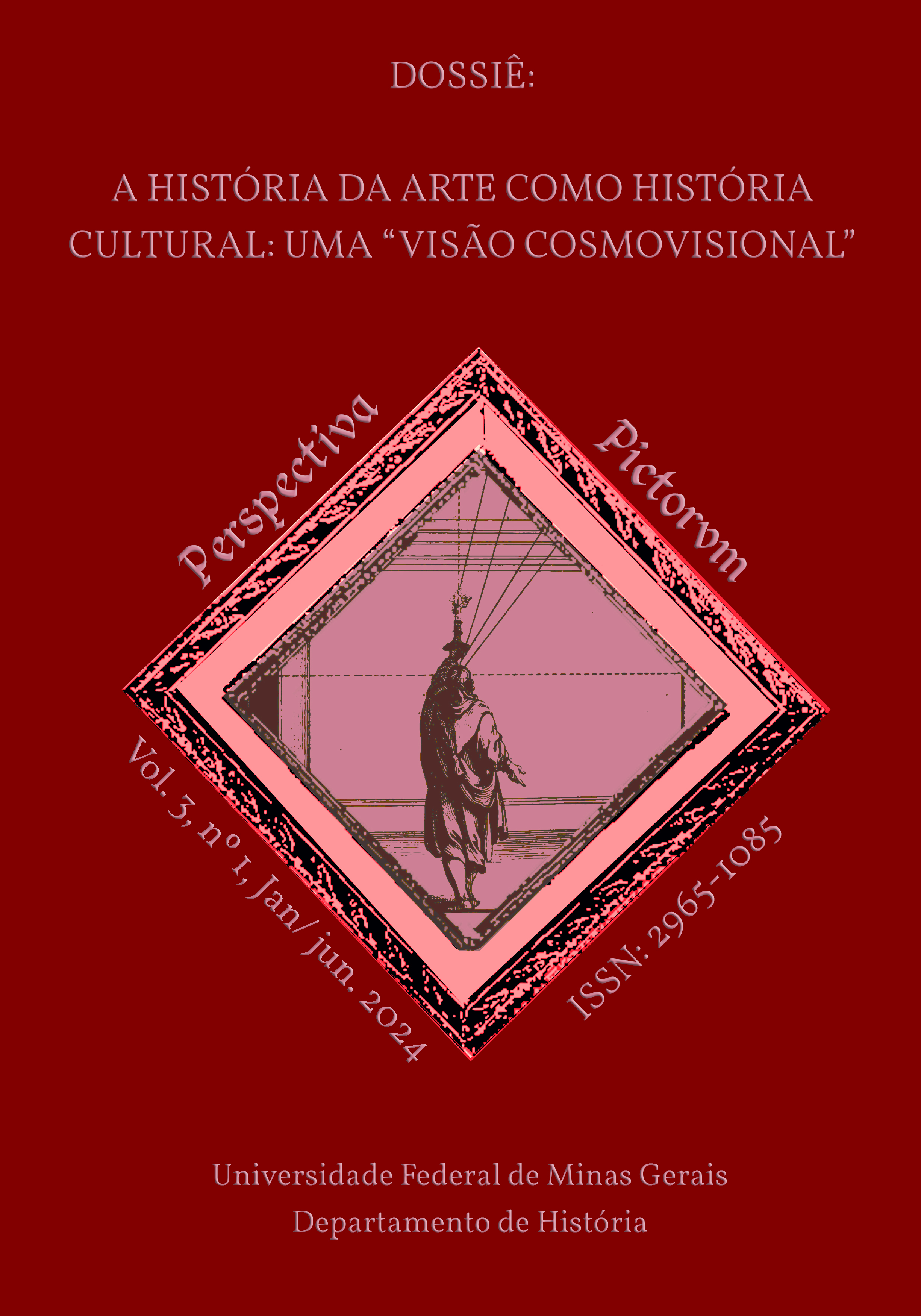O lugar da arquitetura religiosa mineira da segunda metade do século XVIII no contexto da arte barroca
Published 2024-09-25
Keywords
- Barroco, Inovação, Minas Gerais
How to Cite
Copyright (c) 2024 Rodrigo Espinha Baeta

This work is licensed under a Creative Commons Attribution-NonCommercial 4.0 International License.
Abstract
In the first half of the 17th century, it is possible to identify two opposing forms of spatial conception at the heart of Roman Baroque high culture: Bernini's poetic appears as the revival of Classicism rebuilt through a passionate effort of persuasive, dramatic and theatrical rhetoric; in contrast, Borromini inaugurates a modern conception of architecture, breaking with traditional compositional systems and proposing a revolutionary attitude: the architectural object undergoes an extensive process of plastic modelling, where space is agitated in deep tension, in a hallucinatory movement of contraction and expansion. From Borromini onwards, the sense of rupture and innovation reaches great fortune far beyond Rome. Its last revolutionary breath will take place in the distant Captaincy of Minas Gerais. In the second half of the 18th century, some churches in Minas Gerais subvert the contemporary compositional scheme that shifted the interest of curvilinear radiation and spatial interpenetration to the interior of the building – a system evident in the innovative 18th-century architecture produced in southern Germany. The use of curves and counter-curves, elliptical shapes, sinuosities of walls, and pulsating spatial interpenetration is now directed toward the arrangement of the exterior volumetry of buildings, in which the movement and agitation of walls, undulating roofs, and cylindrical towers invade the urban space, expanding on all sides.

